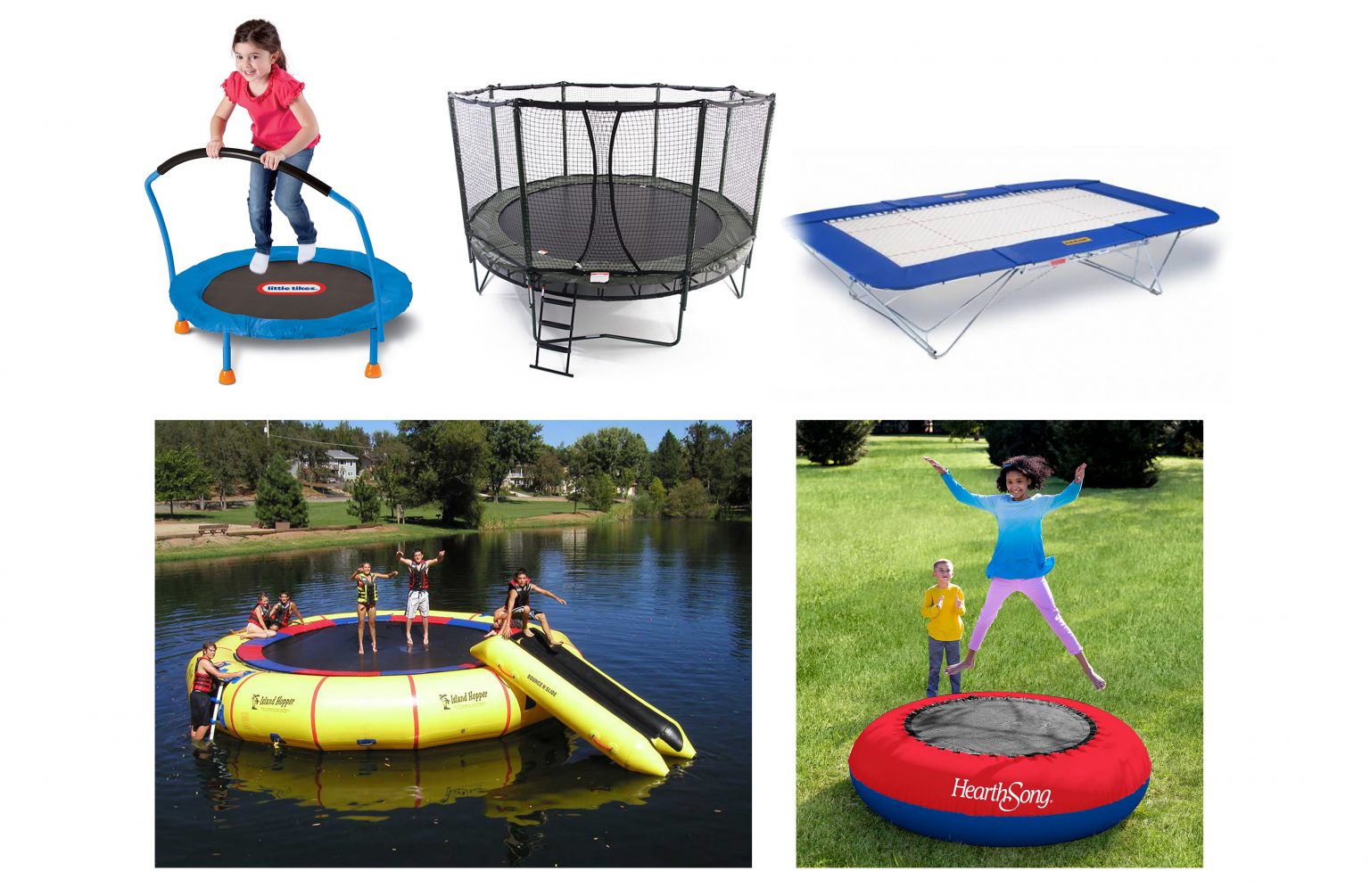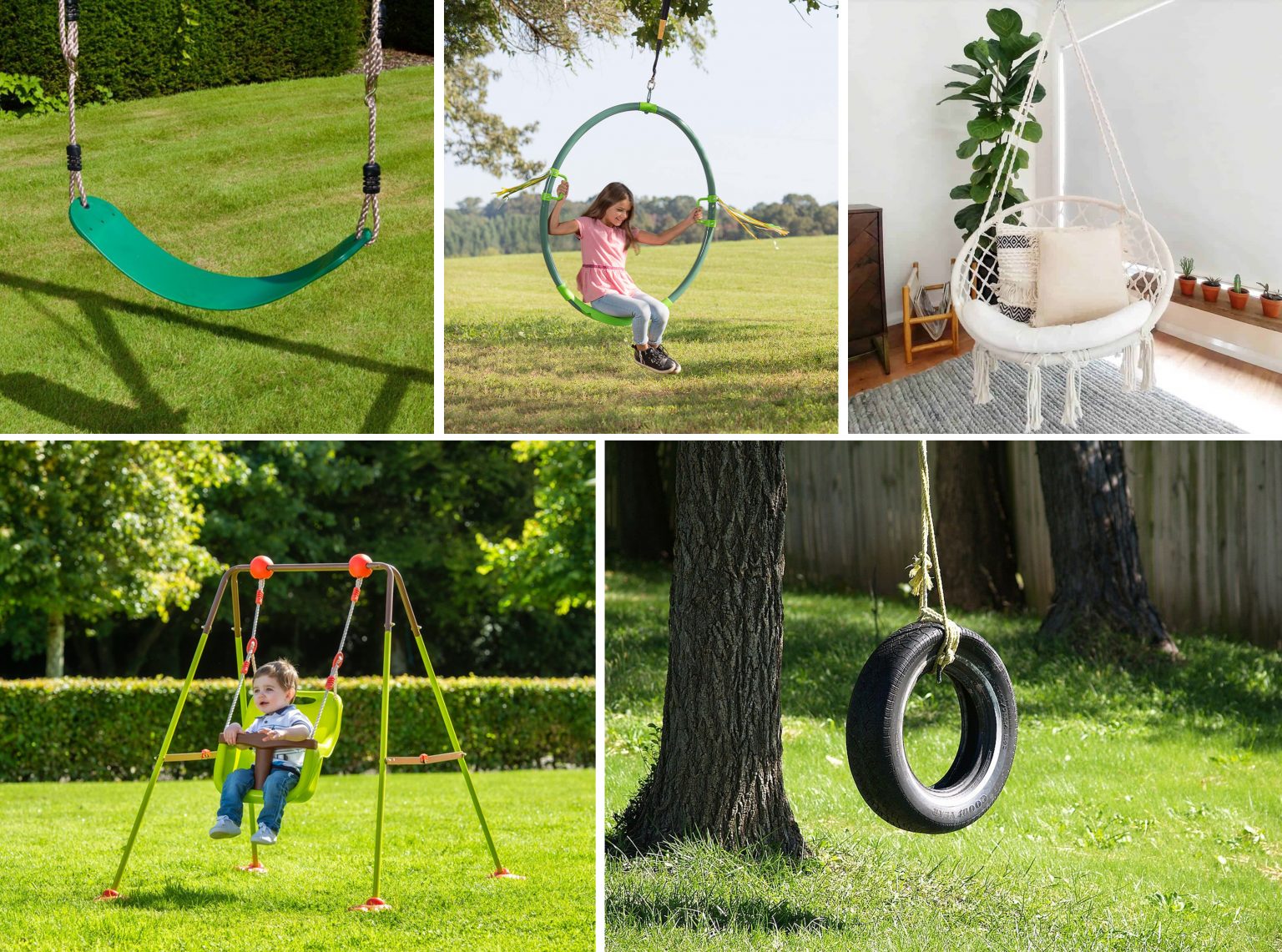
A sundial is a device that measures time by the position of the sun. The result of this measurement can be used to determine the time of day, which is called local apparent time.
Horizontal Sundial
These are the most common type of sundials in use today. Like a vertical sundial, it has an hour-angle ring with the names of the hours printed around the edge. The time is read off by looking at where the tip (gnomon) of its shadow falls on that ring at any given moment.
The main difference between a horizontal and a vertical sundial is that the hour-angle ring on the former is horizontal, while on the latter it is vertical.
Though these are easier to read than their vertical counterparts, they are less accurate because of another difference: a horizontal sundial has an azimuth ring instead of an elevation ring. This makes it prone to error when used in one specific location.
Vertical Sundials
These devices are perhaps the easiest sundials to read, as the time is directly written on a hemispherical surface which only needs to be held up (at an angle of 90 degrees) towards the sun's rays. The shadow will stretch from its tip or gnomon to the hour-lines on its surface.
Horizontal sundials, on the other hand, need to be aligned properly in order to function correctly and this requires instruments such as a gnomon's shadow-tip square or a plumb bob.
The Great Sundial at Stowe, England is perhaps one of the best examples of functional vertical sundials in the world.
Equatorial
These devices are among those most accurately used to measure time (as they require no movement from their user). In essence, it is a horizontal sundial whose hour-angle ring has been turned ninety degrees so that its lines point towards the celestial pole instead of the horizon. The design makes us ofe the fact that in the Northern hemisphere, the sun's altitude or azimuth is equal to its hour-angle during summer and winter solstices.
The hour lines on equatorial sundials are also spaced further apart than horizontal sundials, making them less prone to errors from misalignment. The gnomon casts a shadow parallel to the hour lines.
Azimuthal
These are just like equatorial sundials, except that they have no hour-angle ring. The shadow cast by their gnomon is always parallel to the surface of its plate or dial. These devices were used by astronomers and navigators to accurately measure the altitude of celestial objects.
The zenithal hour-angle sundial
The zenithal hour-angle sundial is a special type of azimuthal sundial in that it is designed to measure the time at the zenith. Its gnomon's shadow always falls perpendicularly into its plate or dial no matter where it is held on Earth.
Zenithal hour-angle sundials were widely used in the past to determine longitude and could be found in many European observatories, including that of Tycho Brahe.
Vertical hourglass sundial
A vertical hourglass sundial is one in which the time is very precisely read by observing how much sand has flowed from a set of markers to another on its face. Such sundials are said to be dead-reckoning, as they can only indicate the passage of time regardless of any movement by their user.
They were used aboard ships so that sailors could determine the time of day by noting the position of the sun with respect to the horizon.
Vertical armillary sundial
This type of sundial is an armillary sphere which has been placed horizontally. It varies from the former in that it can be used to determine the azimuth instead of hour-angle, while providing extra information such as its date and year (though this only applies to ring dials).
The rings are marked with lines indicating altitude, declination and the ecliptic, while the outermost ring shows the positions of either an analemma or equinoxes in the celestial sphere. A plumb bob may be required to determine longitude from these devices.
Egyptian hourglass sundial
These devices were used for measuring the time periods of star transits such as sunrise and sunset. They are essentially vertical hourglass sundials whose markers are arranged to provide a visual record of these celestial events.
In order to read the time, one must know the date and year. This knowledge can be obtained from other means such as an analemma (a figure-eight shape formed by plotting the sun's declination over a year).
Also known as 'shadow sticks', these devices were used in ancient China for measuring the passage of time on a length-basis instead of a time-of-day basis. They are essentially horizontal sundials whose gnomons cast shadows which could be used for the measurement of lengths such as that of the shadow itself, or that between two objects (such as an arrow and its target).
Sundial obelisks
These are upright equatorial sundials, made of stone and inscribed with the time at which they were erected. They were built to commemorate important events such as coronations or military victories. The sun casts a shadow onto an engraved surface below it, thus providing precise time-keeping information for days gone by.
Sundial compass rose
These are rings engraved both with horizontal and vertical lines. They were primarily used by navigators to determine the altitude of celestial bodies, though they could also be used to measure the time of day due to their hour-angle rings. The marks on these dials had a specific meaning depending on where they fell between the meridian lines (known as the north and south lines or tracks).
Digital Sundial
Digital sundials are essentially sundial compasses which have been adapted to display the precise time digitally instead of using a needle. They provide their users with other information such as day, date and year.
The meridian lines still show local solar time, while the digital display indicates standard time. The hour-angle rings of these dials can be used to determine the day or year, depending on whether they fall between the meridian lines.
Several modern sundials are in fact also made up of many types of sundial. These include horizontal and vertical ring dials, analemma's, vertical hourglass sundials and vertical armillary sundials.
Ring Sundial
The ring sundial is a vertical plane sundial which has been divided into 12 equal sectors to represent the time of day. Its gnomon casts a shadow onto a surface below it, marking the passage of time and providing its user with information pertaining to year, date and day. It was invented by scientist Johann Heinrich Lambert in 1729, but dates back much further.
The ring dial provides the user with information pertaining to the date and year, while providing extra knowledge in regards to its hour angle. The rings are marked with lines indicating altitude, declination and the ecliptic, while the outermost ring shows the positions of either an analemma or equinoxes in the celestial sphere. A plumb bob may be required to determine longitude from these devices.
Cylindrical Sundial
A cylindrical sundial is essentially a vertical plane dial which has been rolled up into the shape of a cylinder. Its user can determine both local and standard time using this device, due to its hour-angle rings. These rings are laid out between the meridian lines, and indicate altitude, declination and the ecliptic. The gnomon casts a shadow onto a surface below it which is marked with hours of the day.
Wall Sundial
A wall dial is essentially an equatorial plane device which has been attached to vertical walls or buildings in order to determine the time of day. The gnomon casts a shadow onto an engraved surface below it, allowing its user to measure the length of this object.
Wall sundials are used in one of two ways: those which have their hour lines reading from top to bottom (as pictured) can be read according to whether these lines are between true and mean local time, with the shadow pointing towards the true local hour. Those which read from left to right can only be used to determine the time of day according to mean local time.
FAQS:
What is a sundial compass rose and what is its purpose?
A sundial compass rose is a ring with engraved circles which shows the position of celestial bodies. It can also be used to map the time of day.
How do I read a Ring Sundial?
A Ring Sundial can be read from left to right or top to bottom depending on the design. If it reads from left to right, you are taking into account "mean" time, which is less accurate than "true" time. If it reads from top to bottom, you are always calculating in true time.
How do I use a cylindrical sundial?
A cylindrical sundial has an hour-angle ring which behaves similarly to hour lines on a ring sundial. However, the hour-angle ring is split into 12 divisions, with each division representing 20 minutes of time.
How do I read a wall sundial?
Wall dials are read according to the position of their hour lines. If they are placed between true and mean time, these lines will point towards true local time. If they are placed between mean and standard time, these lines will point towards standard local time.
Can I use a wall dial to see what day it is?
No, wall dials cannot be used to determine the day of the week, as they always read sundial time. The analemmas on wall dials can be used in conjunction with a ring dial to find out what date it is though.
How do I use an equatorial plane dial?
Many equatorial plane dials take the shape of a hemisphere with a ring which spins around the outside. These rings are marked either with lines indicating altitude, declination and the ecliptic, along with one or more analemmas to define date and year, or they contain hour-angle rings that function similarly to those on cylindrical sundials.
An equatorial plane dial may be read in the same was as a wall dial, which can be read according to whether or not its hour lines are between true and mean local time.
Conclusion:
This article has covered a wide variety of types of sundials. Some have used rings to determine the time of day, while others have been attached to vertical surfaces and read according to their hour lines. These devices can be divided into equatorial plane dials, which include both hemispherical and cylindrical sundials, and wall dials.










